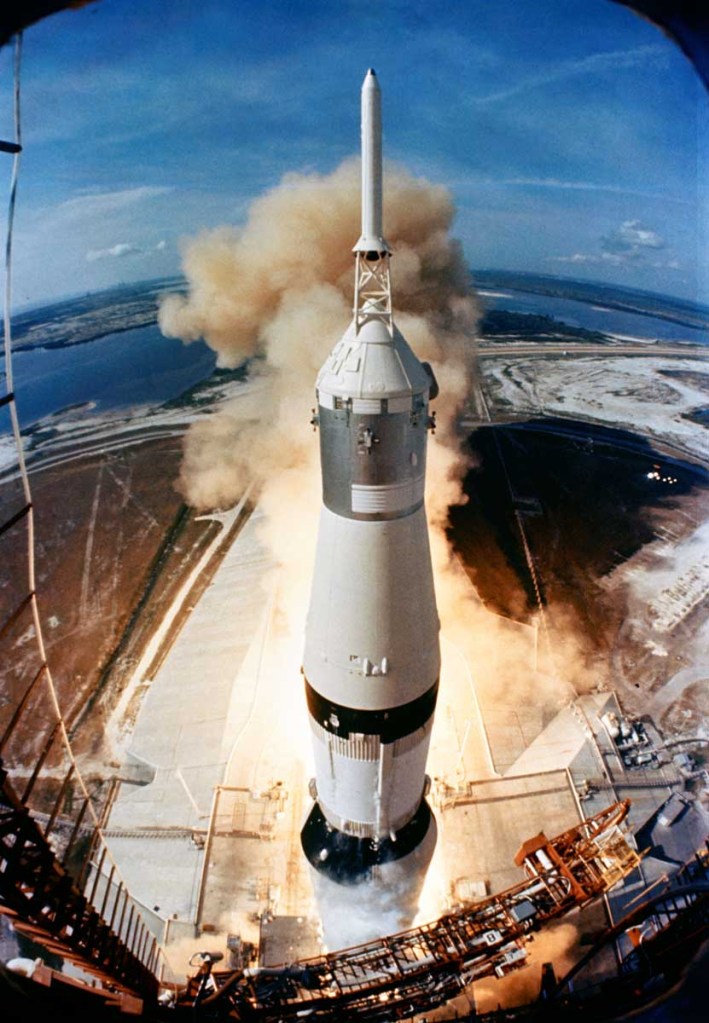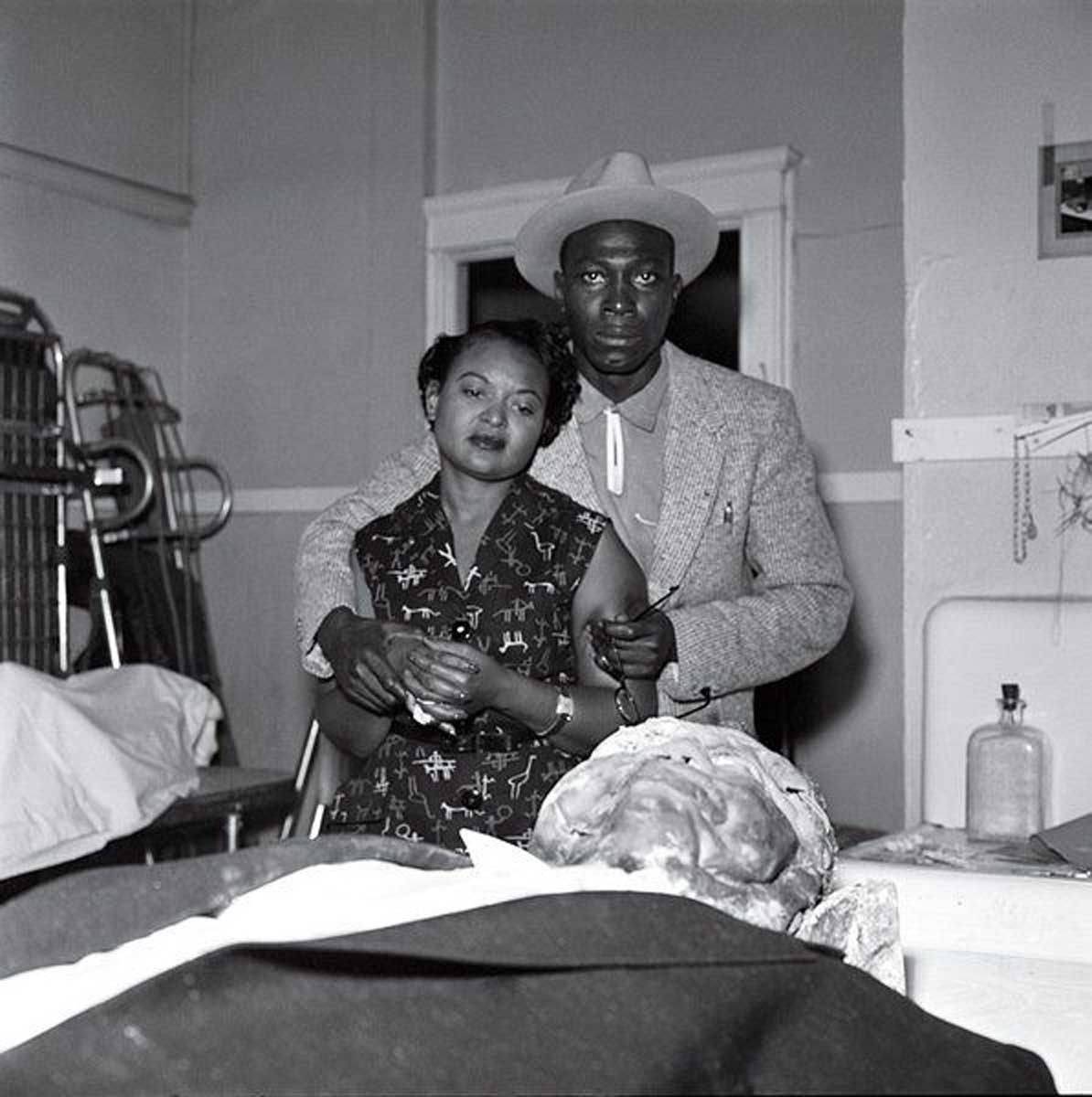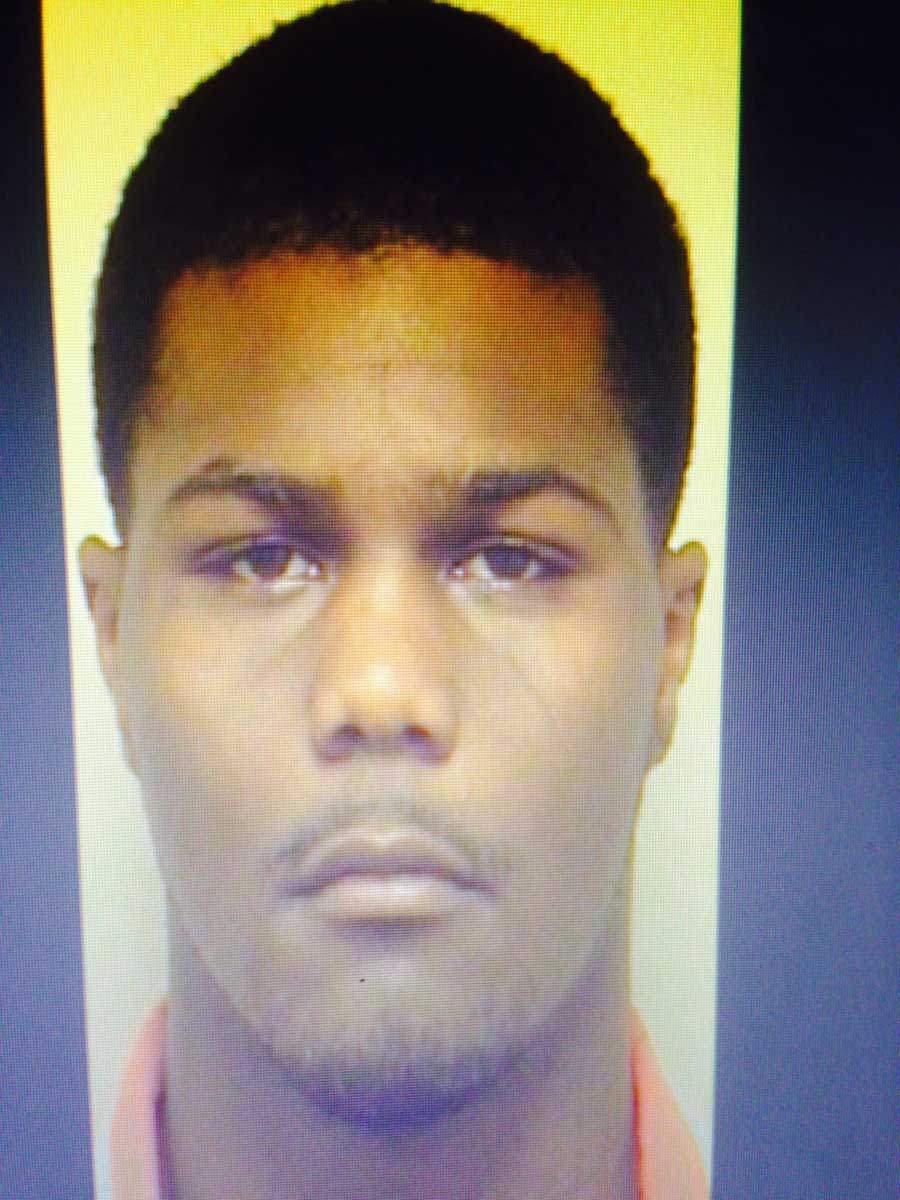Collins ‘perfectly happy’ with his role in Apollo 11 mission
Published 2:00 pm Friday, July 19, 2019

- NASA Photo The 363-feet tall Apollo 11 rocket was launched from Pad A, Launch Complex 39, Kennedy Space Center at 9:32 a.m., July 16, 1969. Onboard the Apollo 11 spacecraft were astronauts Neil A. Armstrong, commander; Michael Collins, command module pilot; and Edwin E. Aldrin Jr., lunar module pilot. Apollo 11 was the United States' first lunar landing mission.
Fifty years ago, as millions on Earth watched NASA’s lunar module Eagle touch down in Sea of Tranquility, Michael Collins was alone.
As Collins orbited the moon in the command module, fellow Apollo 11 crew members Neil Armstrong and Buzz Aldrin descended to the moon’s surface. Partially piloted manually by Armstrong, the Eagle landed about four miles from the predicted touchdown point and almost one-and-a-half minutes earlier than scheduled, according to NASA.
Armstrong and Aldrin made history on July 20, 1969, becoming the first men to walk on the moon. While Collins never walked on the moon, he said being part of the crew for the first lunar landing was historic.
But asked in an exclusive interview with CNHI if he wanted to be one of the astronauts to land on the moon, he said “Yes.”
He also quickly said it was OK; he felt like he was always part of a team.
“I always accepted it,” Collins, now 88, said from his home in South Florida. “I did not have the best of the three seats on Apollo 11, that’s pretty clear. But it is equally true that I was perfectly happy with the seat that I had, the part that I played in it. All three seats were required for mission success. All three of us were answering directly to John F. Kennedy’s mandate to put a man on the moon by the end of the decade and return him safely to Earth.”
The mission, defined
Collins had a great deal of confidence going into the Apollo 11 mission with good reason. He was no stranger to spaceflight.
His first flight was in Gemini 10 — a two-person flight with John Young in 1966 — and he was “capcom” for Apollo 8. He was scheduled to be on Apollo 8 — the first flight to circle the moon — but surgery bumped him back to Apollo 11.
Capcom was a term that originated in the days of the Mercury space program when spacecraft were little more than capsules. Originally named for “capsule communicator,” the capcom position was traditionally an astronaut or a member of the astronaut corps, who served in the Mission Operations Control Center as liaison with the astronauts in space.
“I don’t remember the crew composition of Apollo 8,” Collins said. “But I do remember I went into another backup crew, and then I joined the prime crew for Apollo 11.”
Armstrong, Aldrin and Collins trained for about six months before the Apollo 11 mission, Collins explained. “For a trio, that was a fairly short period of time to go over the last minute things we had to learn. So we were working pretty hot and heavy to get that done.”
Their preparation for the flight, he said, “was different from what we did within the Gemini program.” Collins said that those in the Gemini program — flights in 1965 and 1966 between the Mercury and Apollo programs — were accustomed to their procedures, and by this time there was an easiness to it.
Collins sensed something different about the Apollo missions, though. “It seemed there was a lot more seriousness in the Apollo program because it was supposed to be the culmination of John F. Kennedy’s plan to get a man on the moon,” he said. “We had a feeling that it wasn’t just our country but the whole world watching us, and we’d better be damned sure we knew exactly what we were doing.
“We were very much focused on the mission.”
Another difference between Gemini and the Apollo 11 mission was the fact that the lunar module and the command module trainings were separate.
Collins was training in the command module; Aldrin and Armstrong, somewhere else in preparation for the lunar landing.
“We were quite separate from each other during training,” Collins recalled. “So that made it a little bit different than your average crew that works together longer and works together more closely than we did.”
Collins used the term to describe the crew as “‘amiable strangers.’ I didn’t mean that in a bad way at all,” he said.
The Apollo 11 mission had three spacecraft: the Command Module, “Columbia”; a service module, and the Lunar Module, “Eagle.”
It took Armstrong, Aldrin and Collins 75 hours and 56 minutes to leave earth orbit and enter orbit around the moon, NASA documents state.
Alone in space
As Armstrong and Aldrin made their historic moonwalk — they were on the lunar surface for more than 21 hours as Collins circled overhead — Collins said while he may have been alone, he was far from lonely.
“There are those who called me the loneliest man in the universe when I was flying the ship and the other two were on the moon,” Collins said. “But I didn’t feel that way at all.
“I felt just fine in the command module by myself,” he said. “It was very comfortable. I put the thermometer on 72 degrees. If I wanted to listen to music, I could do that. I had hot coffee. I was used to flying by myself so this wasn’t unusual. I felt perfectly at home and lonely not at all. I always felt I was a necessary one-third of the mission, I felt close to them.”
While Collins had supreme confidence in the mission, he admitted to a bit of apprehension about Eagle’s ascent from the moon.
“The thing that was a bit worrisome,” Collins said, “was that at NASA we were great believers in redundancy. We liked having a couple of this and a couple of that for anyone of our little pieces of machinery. We could not do that with the lunar module. There was no backup to it.
If one engine or one combustion engine failed, Collins explained, “that was it. Everything had to work perfectly or Neil and Buzz would have been stuck on the moon.”
“The other thing is the command module had only one engine to get all three of us home. Those sequences were a little more hazardous than normal ones where we had a backup,” he noted.
On Collins’ 27th orbit of the moon — each one took about 48 minutes — the two ships docked back together and headed home.
When the crew returned to Earth they were put in quarantine for two weeks, he said
Moving forward
Fifty years on, Collins remains a big believer in a Mars mission. “And I always have been,” he said. “If I ran NASA, I would push in the direction of a direct approach mission to Mars.”
Collins does understand the funding issues at NASA, and for that reason, he feels there is a place for private missions funded by people like Elon Musk or Jeff Bezos.
Meanwhile, he lives a quiet life now in Southwest Florida, he said. “I’ve written four books and am working on another.”
He watercolor paints and fishes — “when the fish seem to be biting,” he said. “I am fortunate to be living here, I like to sweat. I like hot weather.
“I have two magnificent daughters who take care of this old codger at 88,” Collins joked.





